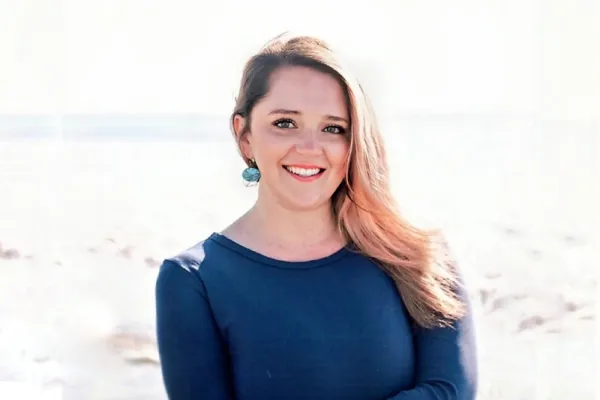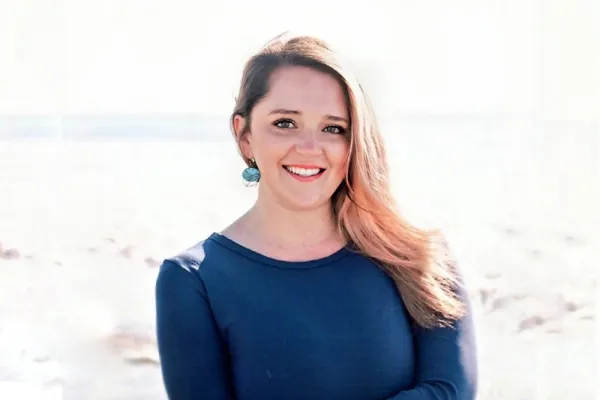Public pension funds have come under fire for their willingness to pay high fees for hedge funds, even as their performance has been disappointing in recent years. Now some of these pensions are looking to a rarely used but quickly growing options strategy not only to decrease the risk in their portfolios, but also to replace a part of their hedge fund allocation.
Two big public plans are now employing a strategy called cash-secured put writing, in which an investor sells a put option on an index to a counterparty who is long the index and wants to pay for insurance in the case of a market decline. The investor collects the premiums no matter what happens in the market, but if the index falls, the investor buys the index at the contract price, covering the counterparty’s loss.
The options strategies are fully collateralized, meaning that if the investor puts $100 million into an S&P 500 options strategy, the money manager that is executing the strategy on the investor’s behalf holds the money in a separate account (sometimes invested in short-term Treasuries) along with the insurance contracts. That way the investor always has enough to cover a maximum loss, which is the S&P 500 going to zero.
Late last year the Hawaii Employees’ Retirement System invested $1.6 billion of its $15 billion portfolio in option-writing strategies; several money managers, including Neuberger Berman and Analytic Investors, will implement the strategies. The South Carolina Retirement System Investment Commission is also investing in put options. Both pensions are using fully collateralized options that don’t use leverage.
Vijoy Chattergy, chief investment officer of the Hawaii pension plan, said at the time that the options were intended to reduce risk in the pension’s portfolio.
Cheaper fees and a desire for lower-volatility strategies are also driving a search at New Mexico’s pension plan. Jonathan Grabel, chief investment officer of the Public Employees Retirement Association of New Mexico, says the pension plan is now looking for a global low-volatility equity portfolio as well as an equity-options-based strategy that is similarly lower volatility.
Doug Kramer, Neuberger’s co-head of quantitative and multi-asset class investments, says he and his partners started the options team six years ago after their research showed that pension funds, endowments, and others were rarely buying put options to hedge themselves. “They’re always expensive, because nobody buys them consistently,” says Kramer. “They only buy them tactically and typically when they’re nervous.”
Kramer’s team found, using data from the Chicago Board Options Exchange, that if a pension fund or other investor wanted to hedge itself for one month against the Standard & Poor’s 500 stock index, it would cost on average about 1.5 percent of the total assets each month, or 18 percent annually. Their idea was that investors with a long-term outlook could take the other side of that trade. Options markets charge investors premiums to help portfolios dampen short-term losses (by hedging with put options) and to speculate on short-term gains (by using call options). Kramer’s view was that long-term investors could earn good returns by underwriting risk for market hedgers, speculators, and arbitrageurs.
Kramer adds that investors are increasingly interested in options investing, in part because they are concerned with equity and fixed-income valuations. In addition, they are frustrated with hedge funds — not only with the high fees and lack of transparency, but also with how they’ve performed as a diversification tool. But these options strategies aren’t entirely devoid of risk. “One way to think about these is that you can transfer the risks, but you can’t destroy them,” says Nathan Faber, vice president of investment strategies at Newfound Research, which uses put writing in its funds. “You’ll have the positive return from the option premiums, but you still have exposure to the downside of the equity markets. You sold insurance, so if everybody makes a claim on the insurance, you have to pay out.”







